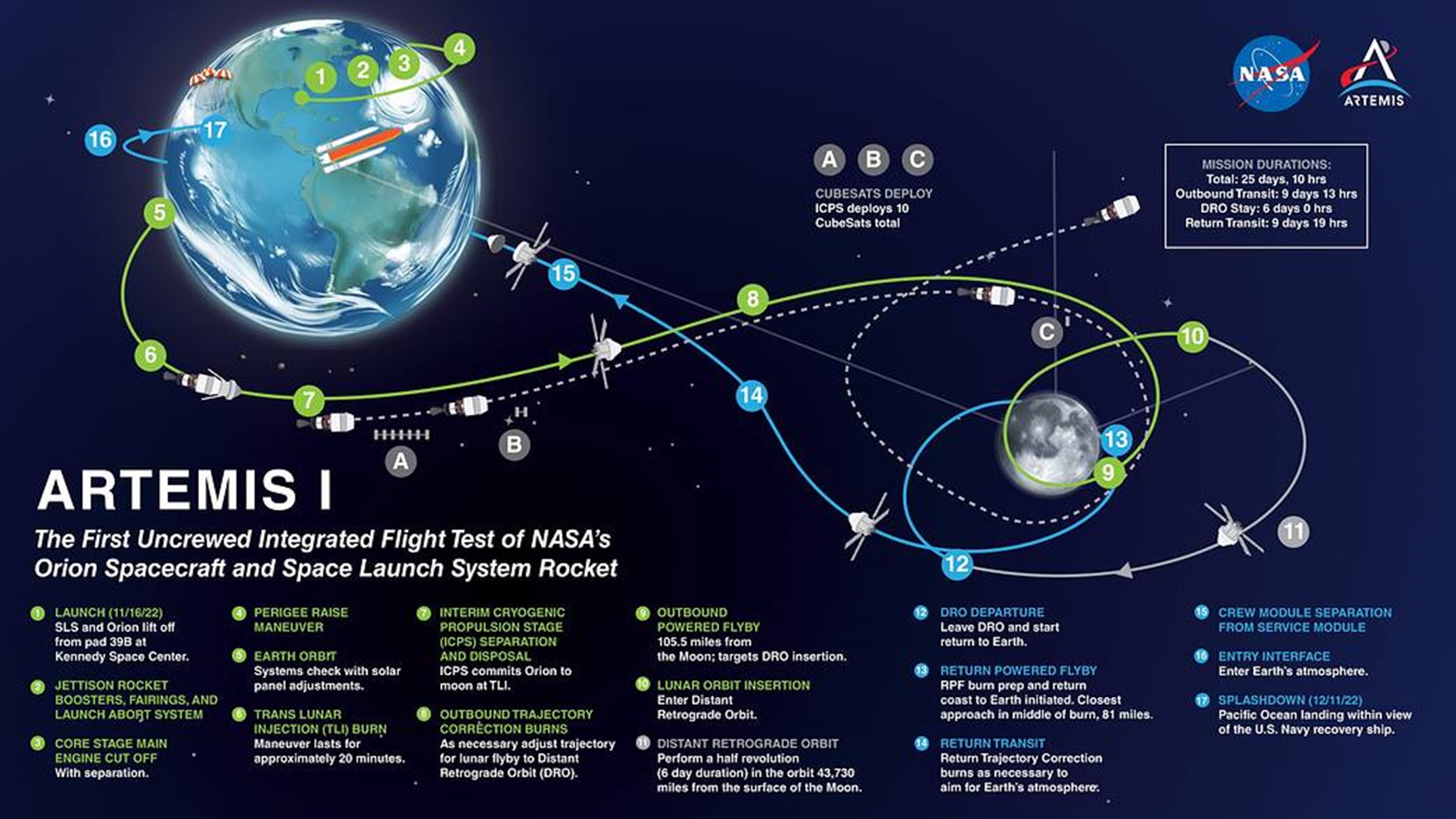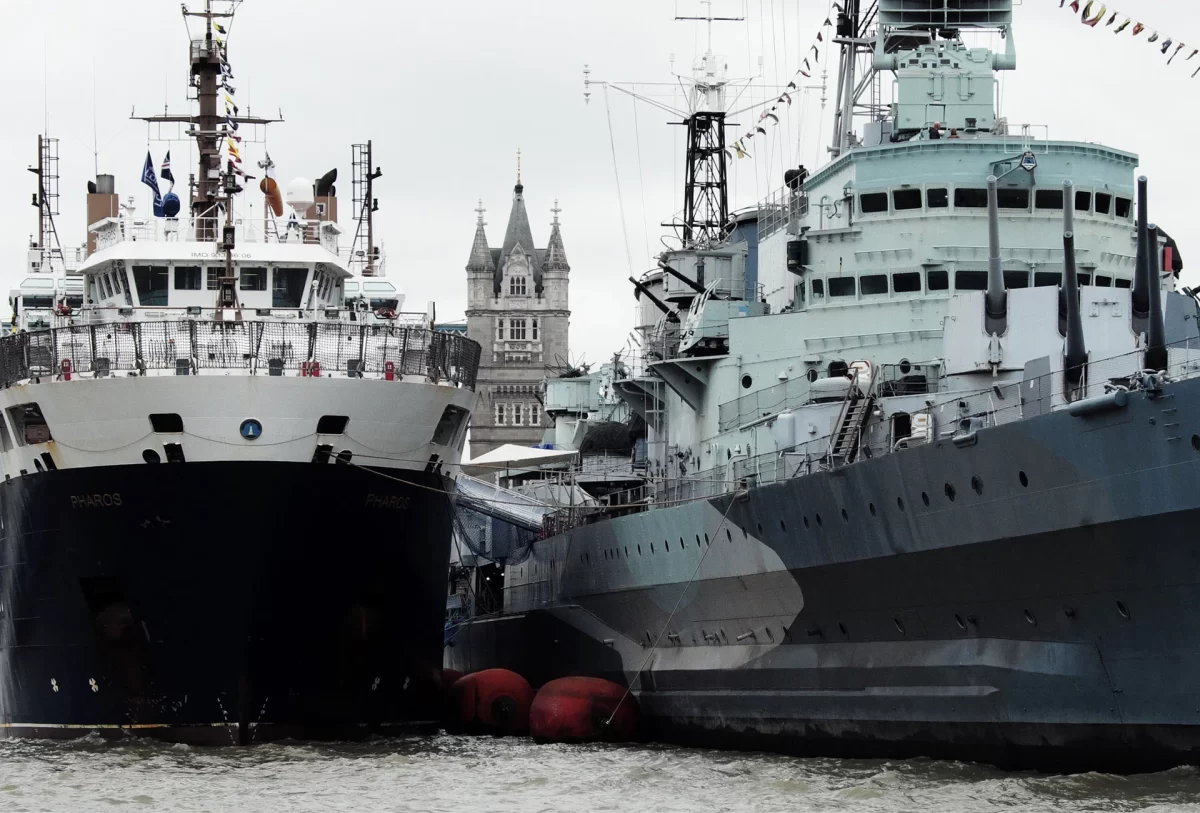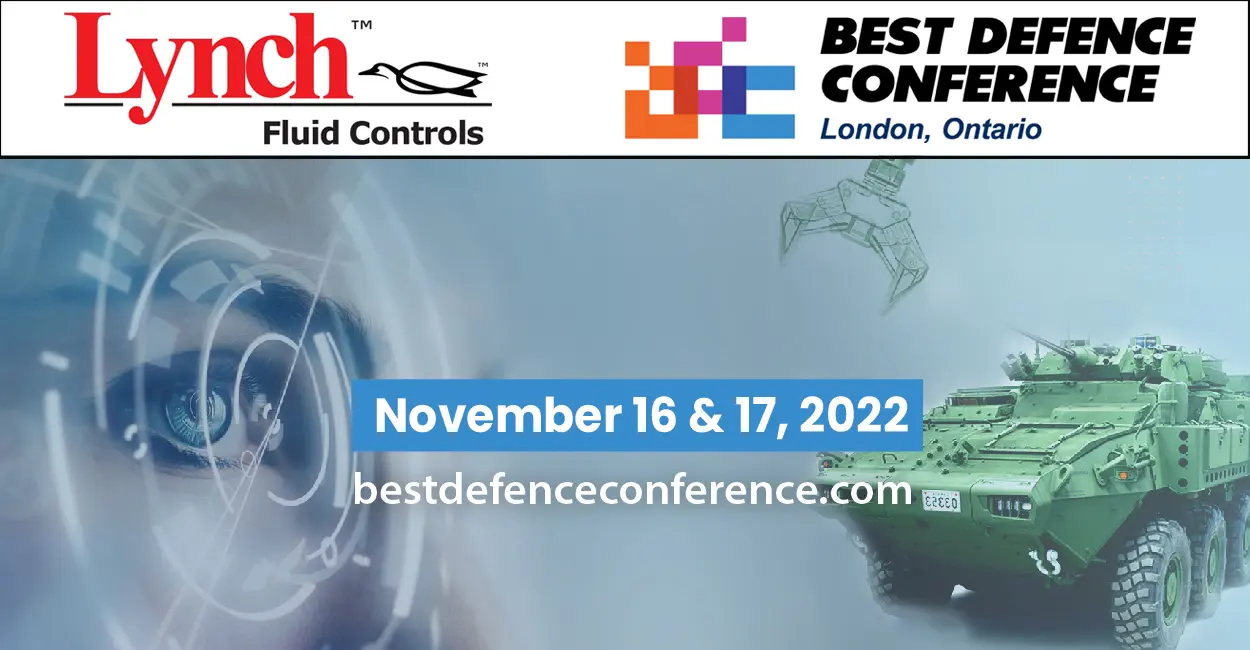In the space market, collaboration with innovative and reliable partners is crucial for Supply Chain Management (SCM) success. The National Aeronautics & Space Administration (NASA) has been working with Lynch Fluid Controls Inc. for more than a decade now. This partnership highlights Lynch’s exceptional capabilities in the design, modeling, manufacturing, assembly, testing, and delivery of hydraulic motion-control solutions for NASA’s Project Artemis Exploration Ground Systems (EGS). This Small Medium Enterprise (SME) manufacturer has carved a unique niche in the “Space for Business” market and established itself as a trusted partner within NASA’s supply chain.
Lynch Fluid Controls brings value to NASA through its ability to transform ideas, concepts, schematics, and 3D models into reality. The company boasts engineering expertise and possesses Intellectual Property (IP) that allows them to handle all the iterations of the NASA Project Artemis I Mobile-Launcher Projects. This capability is highly appreciated by NASA engineers who understand the complexity involved in translating engineering drawings into real world activities such as metal cutting, machining, production, assembly, and testing.
Communication plays a vital role in Lynch’s partnership with NASA, as project timelines are constantly fluctuating due to internal and geopolitical circumstances. The ability to adapt and respond promptly to these changes is crucial for the success of any space project. NASA values the stability and reliability that Lynch brings to the table, as the company has a remarkable track record of over 30 years in the industry and a global reputation for excellence. Furthermore, Lynch holds certifications such as ISO/AS9100/Controlled Goods and Defense Logistics Agency, ensuring compliance with quality management systems (QMS) and continuous improvement (CI) programs.
To thrive in the competitive “Space for Business” market, SME organizations must identify niches that bring value to the customer. Lynch Fluid Controls has successfully achieved this by offering hydraulic motion-control solutions and sub-assemblies tailored specifically for NASA’s Space Launch System Umbilical Arms Mobile-Launcher Projects. The company’s commitment to design validation, modeling, manufacturing, assembly, testing, documentation and timely delivery has earned the trust of NASA’s technical architects.
Under a single roof, Lynch provides a seamless transition from theoretical engineering drawings to machine language, planning, programming, and state-of-the-art manufacturing. This holistic approach streamlines the production process, ensuring a higher level of efficiency and quality control. NASA acknowledges the benefits of collaborating with a vendor that possesses both theoretical engineering expertise and the capability to execute projects from start to finish with their project management skill sets.
The “Space for Business” market poses unique challenges, including long-term commitments, low product volumes, and a lack of critical mass. To address these challenges, organizations must price their offerings appropriately to minimize risks, ensure sustainability and their long-term health. Lynch Fluid Controls has recognized the importance of striking a balance between providing valuable solutions and maintaining a viable business model.
In conclusion, Lynch Fluid Controls Inc. stands as a testament to the success that can be achieved by SME manufacturers in the aerospace and defense industry. Their partnership with NASA showcases their ability to pioneer and access the “Space for Business” market. By leveraging their engineering expertise, intellectual property, tribal knowledge, and seamless project execution, Lynch has become a trusted and valued supplier to NASA’s Project Artemis programs. Their dedication to quality and communication has solidified their position as a trusted player in the fluid power industry and a true partner in the space and defense worlds.




